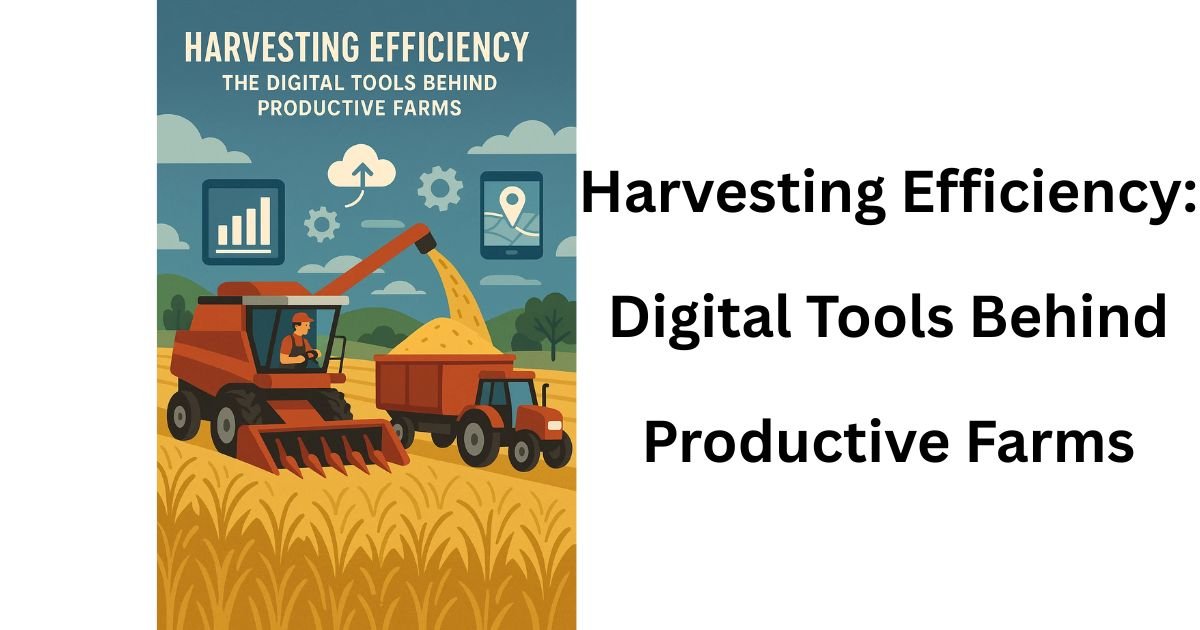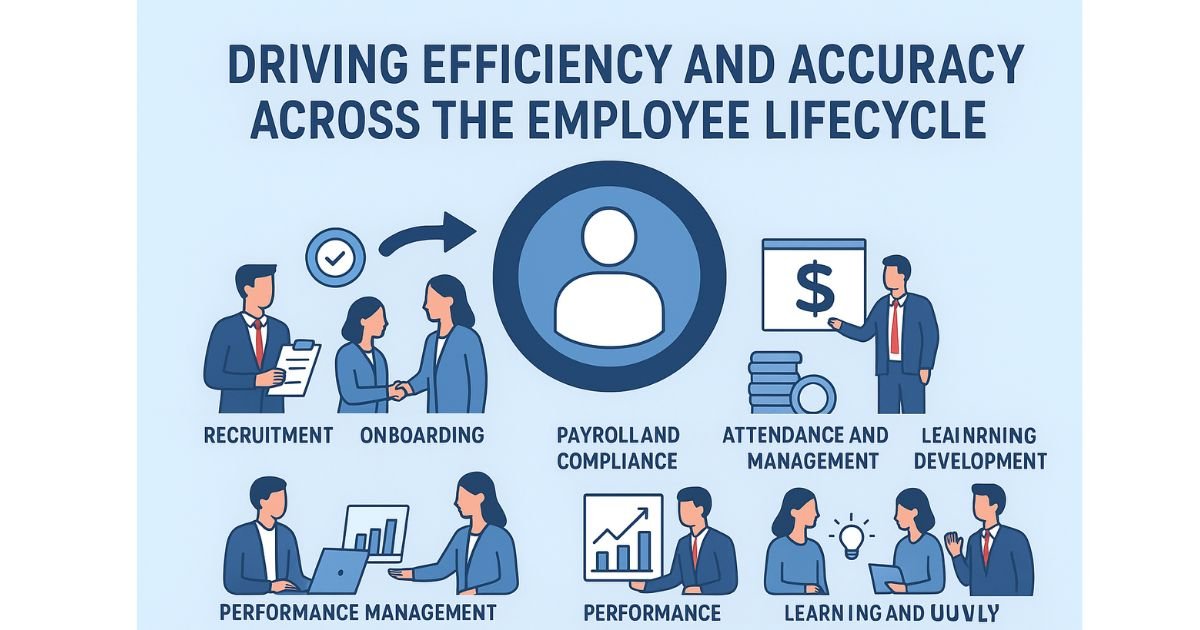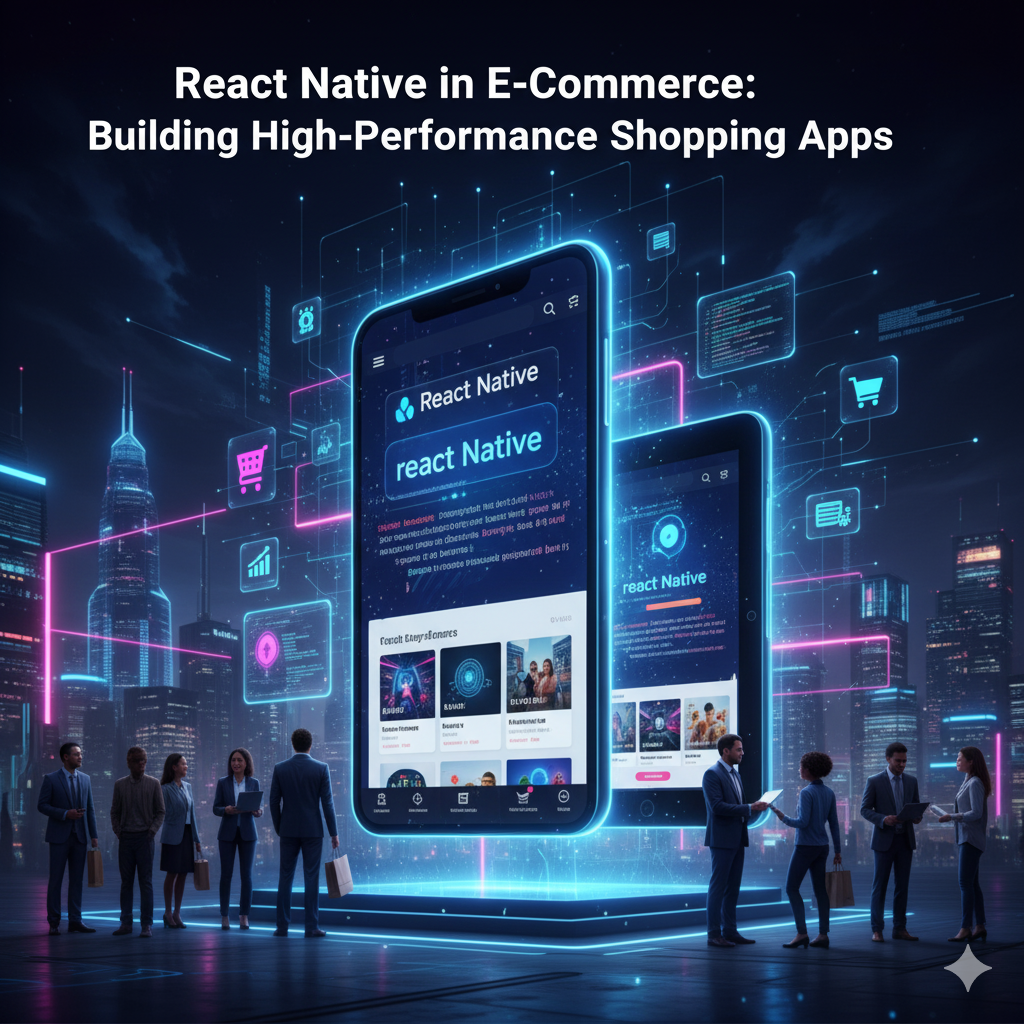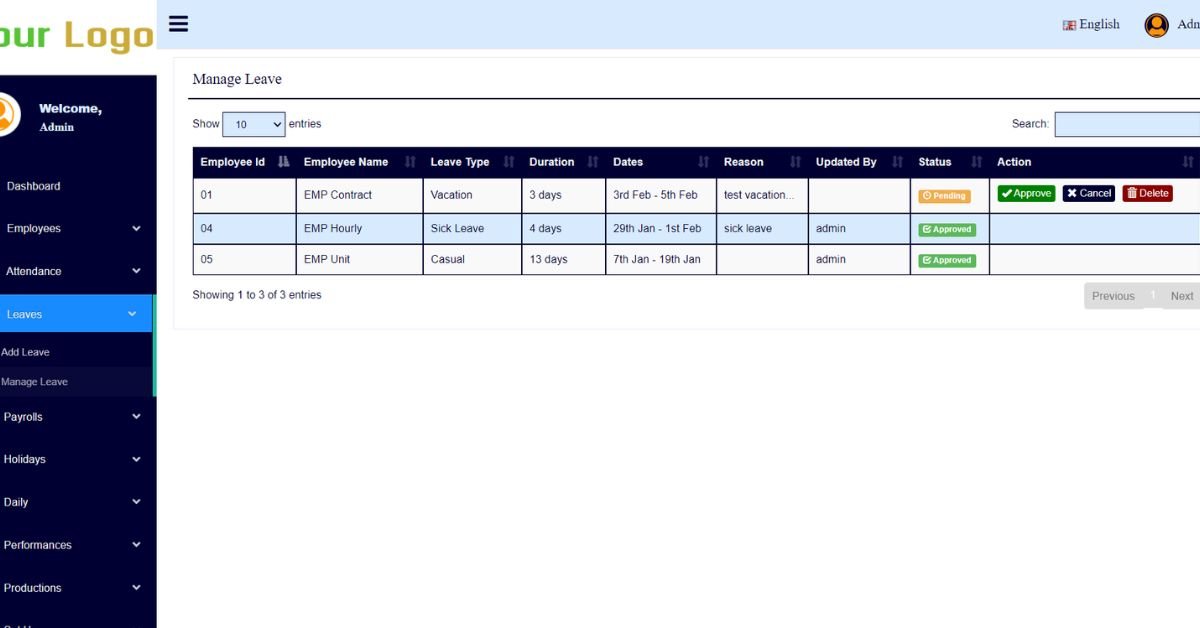In today’s eCommerce environment, online merchants face a constant pressure to accurately predict demand from customers. The simplest miscalculation could lead to overstocking, out-of-stocks, or understocks costing lost profits, with just one simple click. All of this is extremely detrimental to profit.
This is where AI for demand forecasting is a game changer. With artificial intelligence and machine learning, online retailers can have more informed inventory decisions, build customer satisfaction, and better profits.
The Importance of Taking Steps to do Demand Forecasting in eCommerce
An effective demands forecast is the heel that supports effective inventory management. Historically, a demand forecast would be based on historical sales number, seasonal data, and manually analyzed. While demand forecasting might have worked somewhat using the aforementioned processes – demand forecasting was never capturing anything changing in near real-time clearly established, or necessary to include – particularly an industry with social trends changing – quickly.
For example, social media unpredictability – a random event – unexpected like a supply chain issue nor mega-popularized item in retail or eCommerce, will interrupt even the most logistical procurement of inventory planning. Thus, changes for the better for product/inventory, does require eCommerce organizational thinking to be learned and utilized more than just on sheets of paper, and or spreadsheet. eCommerce will need to change to be a new layer of data collection technology, able to collect and analyze the large and diverse, rich data elements, and adapt in the near real-time as data variables change.
How AI is Changing Demand Forecasting
AI demand forecasting will create speed, accuracy, and adaptability, through precision near real-time collection and analysis, better involving predictive data elements. An organization will no longer strictly rely on past data, the supply chain and AI models will reliably analyze diverse data, on social media sentiment, website traffic, macroeconomic indicators, and even weather for product demand predictively advanced planning.
The How ai for demand forecasting and eCommerce:More Intelligent Inventory Management
Artificial Intelligence systems can see which products are projected to be popular and which products may decline. Using an AI system will allow retailers to have the right amount of stock, not more or less. This will make warehouses run smoothly, as well as save businesses thousands of dollars on unsold products or rush shipping on reestablishing their inventory.
Data Analysis in Real-Time
Unlike traditional forecasting that relies on static reports, AI continues to learn in real-time. If, for instance, a specific article gains popularity on social media, an AI algorithm will measure the increase in demand, and inventory managers will have time to restock the item. Being able to take proactive measures to always have your marketplace stocked for your customers is a game changer.
Build A Better Customer Experience
AI helps eCommerce brands guarantee the best-selling products are always on hand. Customers that find what they’re looking for without backorders build that loyalty to your experience. Plus, personalized AI recommendations improve the activity for the next best item the consumer wants.
Cost Reduction and Efficiency
AI-based forecasting enhances business procurement, logistics, and production processes. Ultimately, this will provide a large cost offset and improve profit margin on a product, especially when placed in context with overall expenses and waste.
BeAI technology has the capability to modify forecasting models dynamically as inputs change, allowing eCommerce corporations to possess an agile and responsive capability.
Examples of AI in eCommerce Predictions
Leading eCommerce giants are already using AI to benefit from demand forecasting.
Amazon utilizes machine learning algorithms to predict customer demand to an individual geography level and even down to a warehouse level. This level of predictive power enables faster delivery and reduced conditional logistics costs.
Walmart capitalizes on the use of AI to keep track of demand forecasting across its immense inventory level, to ensure stores and its distribution centers have the right mix of products at all times.
Zara, the global fashion retailer, utilizes AI and its analysis of sales data and customer feedback to quickly analyse data in real time and adjust its production and inventory according to fashion trends that have recently emerged.
These examples are a reminder that AI should never be considered as merely a tool, rather a requirement for the businesses that seek to be competitors in the data-driven eCommerce ecosystem.
Implementation of AI for Demand Forecasting in Your Business
In order for eCommerce businesses to realize the implementation of AI into their businesses, the first step is data. Here’s where to start:
Consolidation of Data Sources: Gather access to sales records, marketing data, detailed website analytics, and data from your supply chain to capture all data across a single source.
Select the AI Tool: Work with a technology provider who can provide AI powered analytics tools that were specially made for retail or eCommerce.
Training of Predictive Models: Use historical and real time data to train the algorithms to recognize common patterns and trends.
Continuously Monitor and Update: The AI models will become better over time; therefore you should continuously measure their performance and adjust their training to improve accuracy.
Connect with your Current Systems: The AI tool should be seamlessly connects with your current inventory management system, CRM, or ERP.
By following these steps, even mid-tier eCommerce companies can achieve an equal level of forecasting intelligence as the corporate level companies.
The Future of AI in eCommerce Demand Prediction
As technology continues to evolve, demand prediction with AI will become progressively sophisticated and reliable. Future demand predictive models will even integrate deeper behavioral data, cross-channel data, and predictive personalization allowing for not only predictions of demand, but active shaping of it.
As an example, imagine AI predictive systems capable of predicting what they will buy next month, offering deep dynamic pricing advice, or automatically ordering new inventory before they run out.
Conclusion
Accurate demands of demand forecasting is not a function in the competitive world of eCommerce; it is a strategic advantage. The ability to utilize AI systems for demand forecasting, allows retailers to better manage inventory, reduce waste, improve customer satisfaction, and thus increase profitability, in previously unimaginable ways.
At a minimum, as data continues to influence decisions in all industries, AI technology and analysis will remain at the epicenter of intelligent eCommerce operations by ensuring businesses will not only predict what customers want today, but what they will want tomorrow.













Leave a Reply